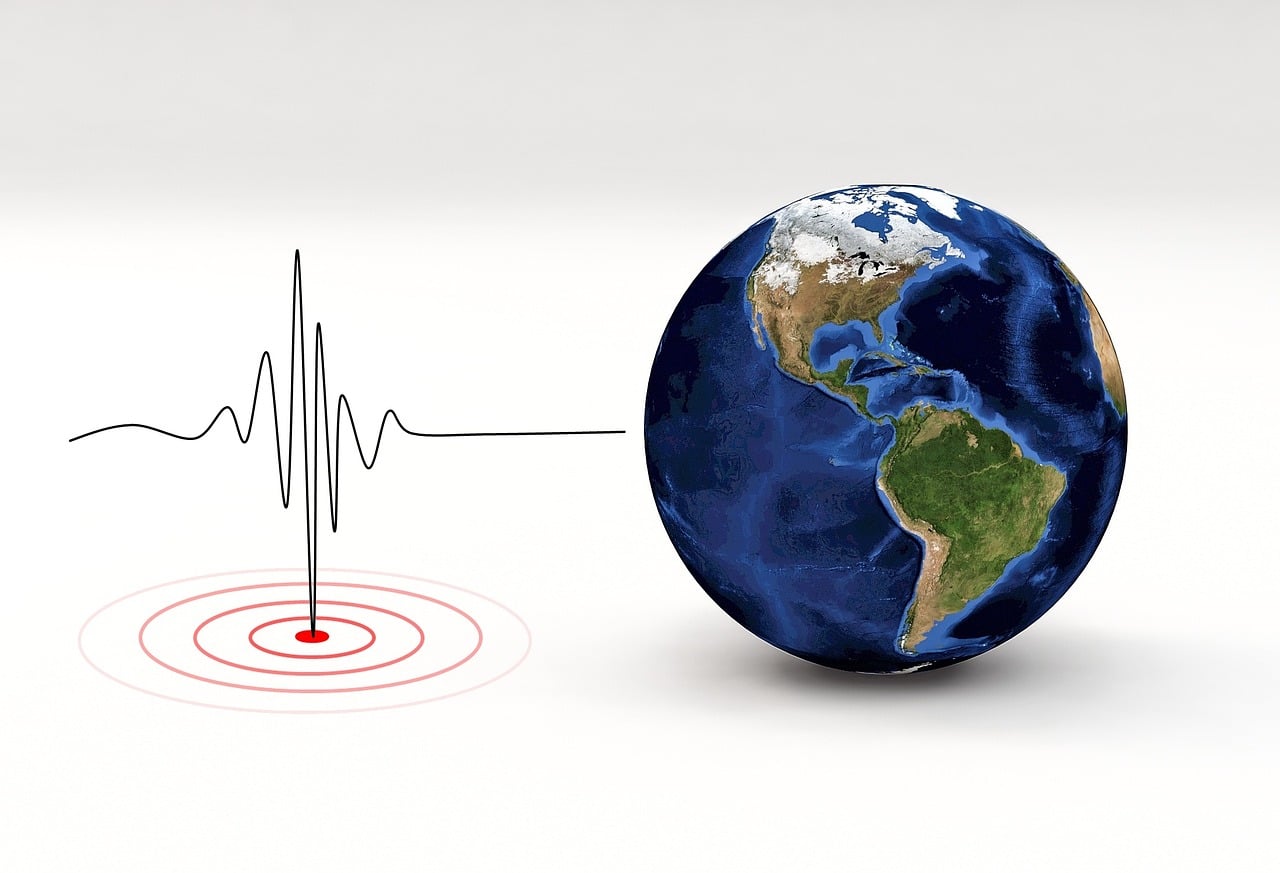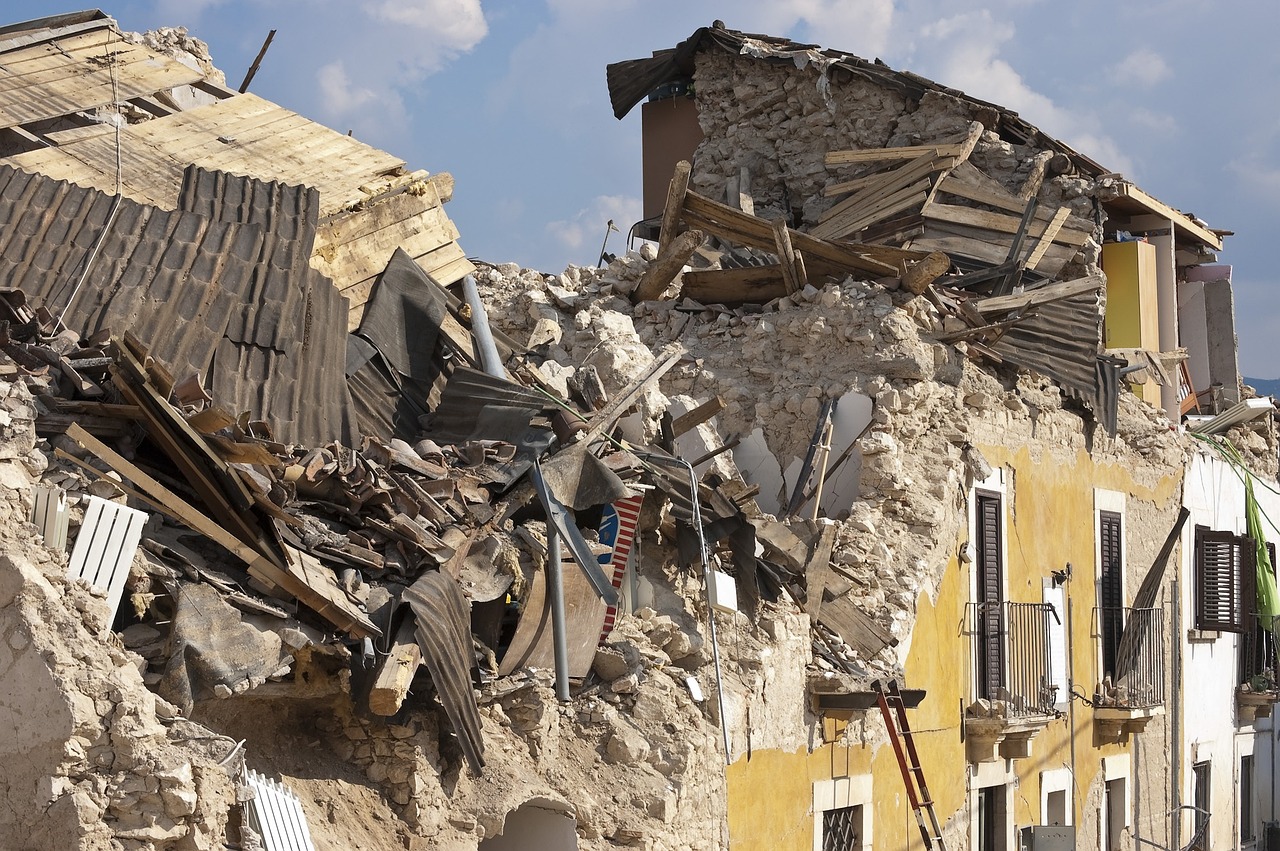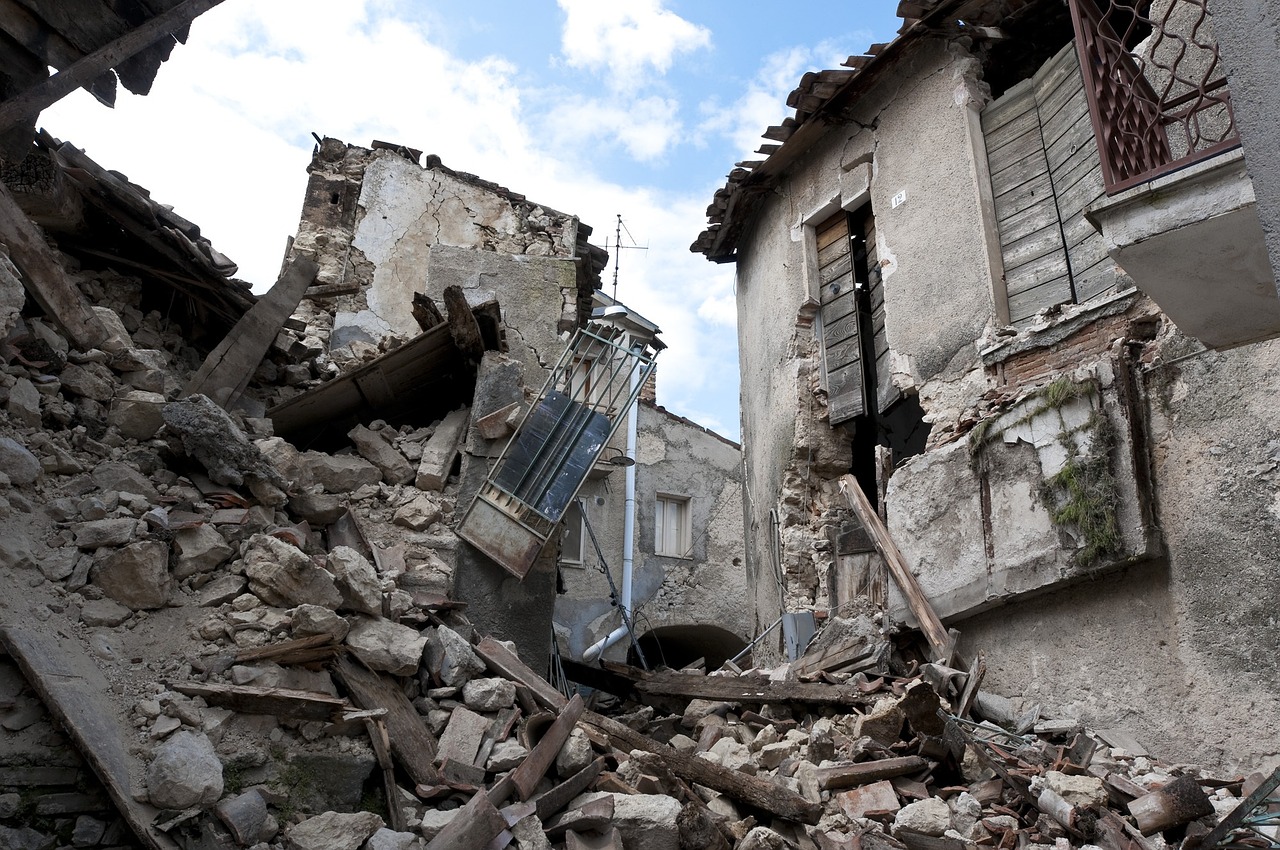
The Richter scale allows keeping statistics of earthquakes.
The Richter scale is an ordered series of values used to quantify the energy released by an earthquake . It is a logarithmic scale since it refers to the logarithm of a physical magnitude and not to the quantity itself.
The American Charles Francis Richter (1900-1985) was the one who devised this seismological scale , with the contribution of Beno Gutenberg (1889-1960). These two experts from the California Institute of Technology ( Caltech ) created the system in 1935 .
The origin of the Richter scale
The origin of the Richter scale is linked to the intention of these researchers to differentiate smaller magnitude earthquakes from more intense ones that were periodically recorded in the California area. Richter and Gutenberg delimited a specific region of southern California and considered earthquakes recorded by a seismometer .
What they did was start from the Mercalli scale , devised in 1902 by the Italian Giuseppe Mercalli . Mercalli 's method was based on the measurement of the intensity of the tremor in a specific space, so this calculation could usually be carried out in the specific places where the seismographs were located.
Richter y Gutenberg tuvieron en cuenta que los tremors son provocados por la energía sísmica que libera el terremoto, con lo cual resultaba importante conocer qué cantidad de energía es irradiada a través de lasseismic waves. Creando una scale del 0 al 9 y usando un logaritmo, consiguieron expresar la energía desprendida por el terremoto, con valores que no crecen de manera lineal sino logarítmicamente.

By analyzing what is reflected by the Richter scale, seismic hazard maps can be drawn.
Main concepts
There are several main concepts that must be understood to understand what the Richter scale is. The first thing you need to know is that an earthquake or earthquake is an agitation of the Earth's crust and the Earth's mantle that is produced by internal forces of the planet (such as the action of geological faults, volcanic eruptions or the friction that is generated in the tectonic plate boundaries).
The earthquake originates at a point known as the hypocenter . From this focus the propagation of seismic waves takes place, which can be classified as internal waves (they move through the Earth's interior) or surface waves . The internal waves, in turn, can be P waves (primary waves) or S waves (secondary waves) depending on whether they are longitudinal or transverse, respectively.
When seismic waves arising from the hypocenter reach the Earth's surface, they do so at a point called the epicenter . Typically, the epicenter is where the most severe damage occurs.
Seismology is the scientific specialty that analyzes earthquakes. This discipline uses different instruments to carry out its work, such as the seismometer (which measures the strength of the oscillations) and the seismograph (which indicates the amplitude and direction of said oscillations).
It must be clarified that, since P waves have a faster propagation, they reach the seismograph before S waves. In turn, these internal waves arrive at the device before surface waves.

Earthquake prevention is not possible with the Richter scale, although the resource can offer useful data for emergency planning taking into account the analysis of seismicity.
How the Richter scale works
The key to the Richter scale, as we already indicated, is that it is a logarithmic scale. In a linear scale, each magnitude has a length equal to the preceding one (it assumes the same value); On a logarithmic scale, however, successive magnitudes take on much higher values than the previous ones.
In the Richter scale, a base 10 logarithm is used. Therefore, if you take an earthquake of magnitude 4 and another of magnitude 8, the second does not have twice the magnitude of the first, but rather releases an amount of energy that is 10,000 times greater.
The calculation proposed by Richter considers the amplitude of seismic waves, measured in millimeters and recorded on a seismogram (the drawing drawn by the seismograph). The number of seconds that pass from the beginning of the P waves until the arrival of the S waves is also considered and a constant magnitude, arbitrarily set, is used for those earthquakes that produce the release of the same amount of energy.
The consequences according to the magnitude
According to the magnitude of the earthquake on the Richter scale, earthquakes can be associated with their usual consequences. An earthquake with a magnitude less than 2.0 on the Richter scale, for example, is not perceptible and is even referred to as microseismicity . Likewise, in earthquakes with magnitudes between 2.0 and 4.9, no relevant damage is recorded.
From a magnitude of 5.0 onwards, the destruction begins to be significant. When the magnitude is more than 7.0, these are generally devastating earthquakes .
Among the most powerful historical earthquakes is the one in Valdivia ( Chile ) in 1960 , with a magnitude of 9.5 on the Richter scale; and the Anchorage ( United States ) in 1964 , which had a magnitude of 9.2.
It should be noted that there are earthquakes that cause tsunamis . This happened with the earthquake that took place in the Indian Ocean in 2004 and whose effects affected countries such as Indonesia , Thailand , Malaysia , India and Sri Lanka , which required humanitarian aid to alleviate the crisis.
Those that show a propensity to suffer large earthquakes are known as seismic zones . The areas of the San Andreas fault and the Anatolian fault (eastern and northern) are seismic zones.
Seismic risk analysis is relevant when considering urban or industrial planning. Although earthquake prediction is not possible, there are early warning systems that issue a warning moments before the phenomenon occurs.
